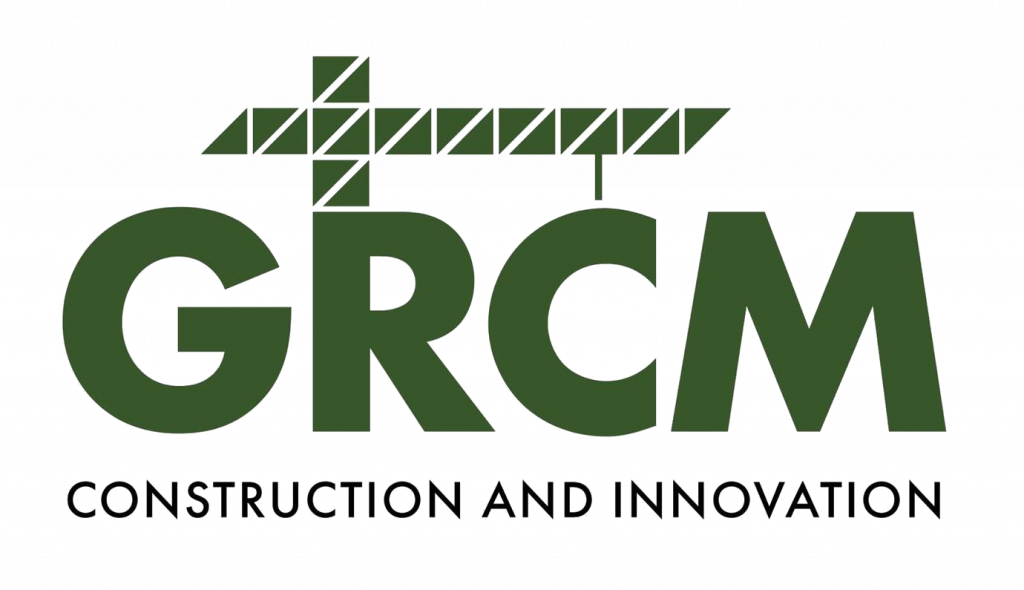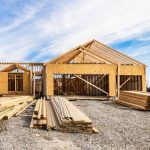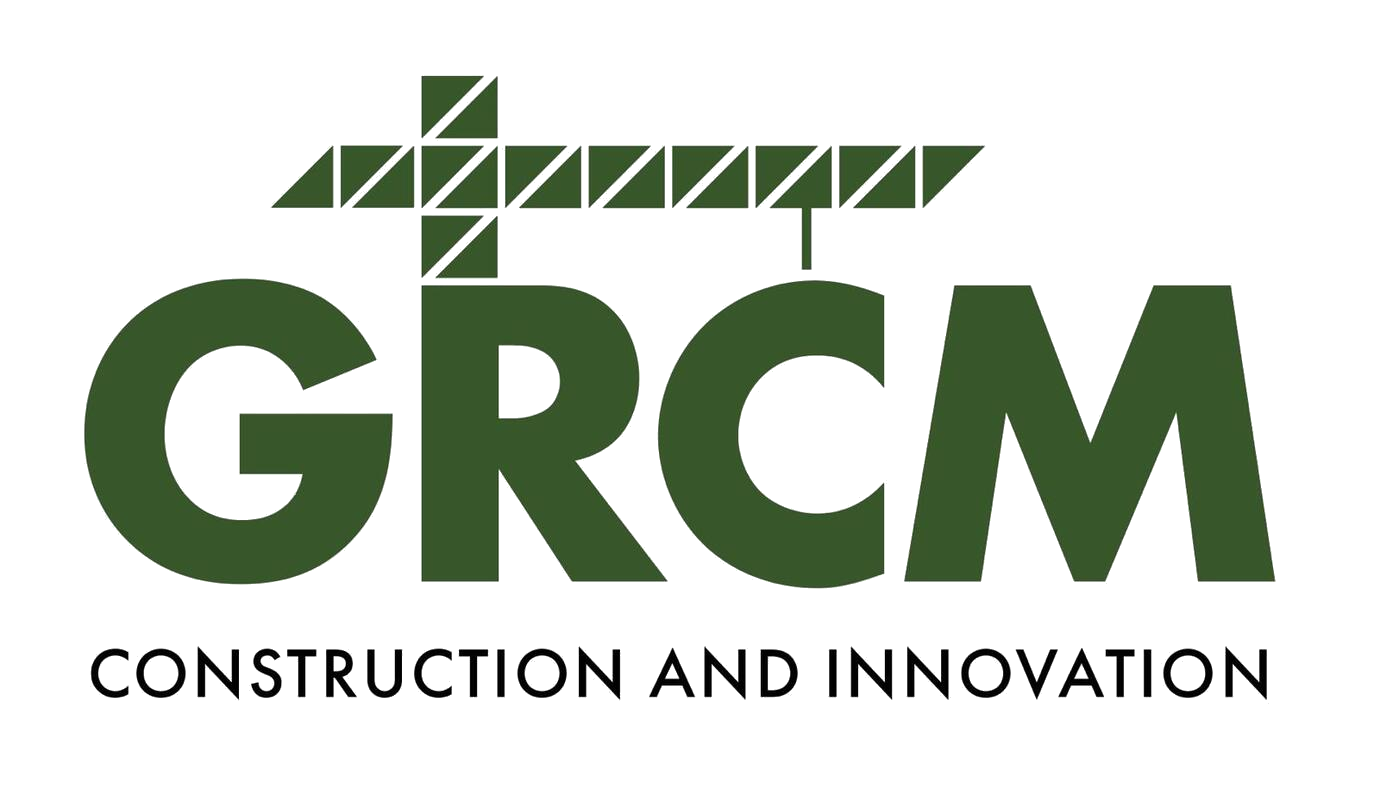Will Canada’s Construction Market Face a Fallout in 2025/26?
Canada’s construction industry is a vital pillar of the economy, employing 1.5 million people and contributing significantly to GDP. In 2024, the sector showed resilience, with building permits up 3% and residential construction investment rising 2.4% year-over-year in January 2025. However, storm clouds loom on the horizon. Industry forecasts, economic shifts, and social media sentiment on platforms like X suggest potential fallout in 2025/26, driven by labor shortages, declining demand, and external pressures like tariffs. This post examines the current Canadian construction market situation, identifies risks that could trigger a downturn, and explores strategies to mitigate a possible fallout.
The Current Market Landscape
Despite a slight contraction in 2023, Canada’s construction sector is poised for modest growth, with a projected 2.6% increase in 2025, driven by infrastructure and renewable energy investments. Non-residential construction, bolstered by projects like British Columbia’s $5–6 billion wind energy initiatives and Ontario’s transit expansions, remains robust. Residential construction, however, faces headwinds, with housing starts down 3.3% month-over-month in March 2025 and urban starts declining 12.5% year-over-year.
Economic conditions are mixed. The Bank of Canada’s interest rate cuts, reaching 3.75% in October 2024 with further reductions expected toward 2.5% by late 2025, are easing borrowing costs, spurring some demand. Inflation is moderating, projected at under 2% in 2025, and material costs for concrete, steel ($1,200–$1,500 per metric ton), and lumber ($500–$600 per thousand board feet) have stabilized, with year-over-year changes of 0–3%. Yet, challenges persist: labor shortages (81,000 unfilled jobs in 2024), an aging workforce (300,000 retirements by 2030), and high construction costs in urban centers like Toronto ($400 per square foot) strain the industry.
Social media reflects growing pessimism. X posts from early 2025 highlight a “collapse” in Ontario’s new home sales, with some builders reporting unsold inventory and waning buyer appetite, particularly in the Greater Toronto Area (GTA). These sentiments, while anecdotal, align with data showing residential construction investment declining 6% in 2023 and housing starts hitting 35-year lows in parts of Ontario.
Potential Triggers for a 2025/26 Fallout
Several factors could precipitate a construction market fallout in 2025/26, ranging from economic policy shifts to external trade disruptions. Here are the key risks:
1- Residential Demand Slump
The residential sector, a major driver of construction activity, is vulnerable. High interest rates in 2022–2023 cooled demand, and despite recent cuts, affordability remains a barrier. X posts note that new builds cost $500,000–$800,000, while median incomes limit borrowing to $350,000, pricing out many buyers. In the GTA, new home sales are at their lowest since 1990, despite Ontario’s population growing by 4 million since then. A prolonged demand slump could lead to project cancellations, layoffs, and reduced investment, particularly in high-cost regions like Toronto and Vancouver.
2- Labor Shortages and Aging Workforce
Labor constraints are a ticking time bomb. With 20% of the workforce nearing retirement and only 30% of apprentices completing Red Seal certifications, the industry struggles to replace talent. Immigration, while critical (20% of workers are foreign-born), faces hurdles like credential recognition delays and housing shortages for workers. If labor supply doesn’t keep pace with projected growth—employment is expected to peak 6% above 2023 levels by 2028—a shortfall could delay projects, inflate costs, and erode profitability.
3- Policy and Political Uncertainty
The resignation of Prime Minister Justin Trudeau in January 2025 and the upcoming general election by October 2025 introduce uncertainty. Major initiatives, like the $131.9 billion Investing in Canada Plan or the $4.4 billion Canada Housing Infrastructure Fund, could face revisions under a new government, disrupting project timelines. A shift away from housing or green energy commitments could dampen growth in these sectors, critical for 2025/26 forecasts.
4- Trade and Tariff Risks
Potential U.S. tariffs, particularly a rumored 25% levy on Canadian exports, could spike material costs. X posts estimate a $41 billion hit to cement, lumber, and metals, with lumber prices potentially rising from $28 billion to $34 billion annually. Canada’s reliance on U.S. imports (8.1% of construction inputs) exacerbates this risk. Tariffs could disrupt supply chains, increase costs, and stall projects, especially in industrial and infrastructure sectors reliant on steel and specialty materials.
5- Economic and Financial Pressures
A broader economic slowdown could amplify risks. The Royal Bank of Canada warns that caps on international student permits for 2025–26 may accelerate population aging, reducing the labor force and tax revenues while increasing healthcare costs. If consumer confidence falters or lending tightens, residential and commercial projects could face financing challenges. X posts speculate about a housing market crash impacting the broader economy, given real estate’s heavy leverage, though such claims lack conclusive evidence.
Regional Vulnerabilities
Ontario, particularly the GTA, is at higher risk due to its reliance on residential construction and high costs. Quebec’s construction activity is projected to decline through 2033, with residential and non-residential sectors diverging. Conversely, Atlantic provinces like New Brunswick and Nova Scotia may see growth from projects like the Mactaquac Dam refurbishment, offering some resilience. British Columbia’s renewable energy push could buffer it, but tariff risks loom large for lumber-heavy projects.
Mitigating the Risks
While a full-scale fallout isn’t inevitable, proactive measures can reduce exposure:
- Diversify Project Portfolios: Contractors should balance residential and non-residential work, tapping into infrastructure and renewable energy projects, which are less sensitive to housing demand.
- Leverage AI and Technology: As discussed in prior posts, AI tools like computer vision and wearables can improve safety and efficiency, offsetting labor shortages. Modular construction can also reduce costs and timelines.
- Strengthen Labor Pipelines: Expand apprenticeship programs and streamline immigrant credential recognition to bolster the workforce. Ontario’s Skills Development Fund and federal programs like the Canadian Apprenticeship Strategy are critical.
- Hedge Against Tariffs: Source materials domestically where possible or lock in long-term contracts to mitigate price spikes.
- Monitor Policy Shifts: Engage with industry groups like the Canadian Construction Association to advocate for stable funding post-election.
Conclusion
The Canadian construction market in 2025/26 faces a delicate balance. Optimistic forecasts predict 2.6–3.9% growth in 2025, driven by infrastructure, renewable energy, and a residential rebound. However, risks like declining housing demand, labor shortages, political uncertainty, and tariff threats could trigger a partial fallout, particularly in residential construction and high-cost regions like Ontario. X posts amplify these concerns, with some predicting a broader economic hit tied to real estate, though such outcomes remain speculative.
By diversifying projects, embracing technology, and addressing labor challenges, the industry can navigate these headwinds. Stakeholders must stay vigilant, balancing optimism with preparedness, to ensure Canada’s construction sector remains a cornerstone of economic growth.
GRCM is a trusted leader in construction, delivering innovative solutions for every project. With over 10 years of expertise, we specialize in general construction, commercial fit-outs, and consultancy.
Contact
- (647) 572-3913
- info@grcmcorp.com
2025 GRCM Corp. Website design by MJSoft




